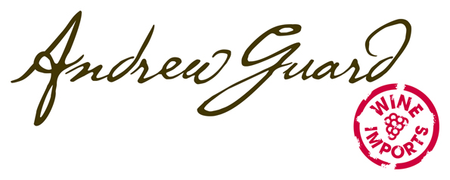Domaine Labet
Jura
The Labet family owns 12 hectares of vines in the small town of Rotalier, in the southern part of Jura not far from Lons le Saunier. The domaine is just 15 minutes south of Château Chalon (a small AOC known for its excellent Vin Jaune). Importantly for quality, one third of the Labet vines are over 60 years of age with the majority of the vines come from old massal selections.
Winemakers for four generations, the Labet family with Alain the current patriarch, make the traditional, oxidative styles of wine beloved of their ancestors, and for which the Jura is famous. This involves leaving the wines in barrel without topping them up for up to four years. During this time a flor (a film-forming yeast) grows on the surface of the wine, preventing it from becoming vinegar. The wines develop a distinctive, nutty character, much sought after by the gastronomes of the world.
In 1992 Alain Labet became famous for producing the first of his “Fleur” or topped-up white wines, he was the first in the Jura to do so. These wines are protected from oxygen and are topped up and lees stirred in the same way as white Burgundy. Fans of the whites of Jean-François Ganevat take note.
Julien Labet is Alain’s son and the winemaker nowadays. He has three hectares of the family property to produce wines under his own label and these are the wines that I liked the most. He is not afraid to take the risks necessary to produce captivating wine and follows the same heightened observation, minimal intervention route of all our best vignerons.
In the vines he practices de-budding and uses a motorised cultivator during Spring and a lawn mower in August to manage the grass. Uses Bordeaux mixture, sulphur (flower), milk, horsetail, nettle, willow 4 to 5 times a year (at 50 % of the recommended dose) to fight against oidium and mildew. No chemical herbicides or pesticides, no fertilizers. The vines are harvested by hand with the grape pickers doing the sorting in the vineyard at yields of 10 to 15 hl/ha.
In the winery – for the whites, pneumatic pressing with stems for 2 hours and then juice settles for 12 hours. Fermentation at 18C in 4-10 year old fûts using natural yeast for 10 months. Full malo-lactic. Élevage in a mixture of 4 to 10 year old barrels for 18months without racking but with some lees stirring. One bottling in May without fining or filtration. And for the Poulsard, 100% destemming by hand! The grapes are not crushed and undergo cold pre-fermentation for 5 / 6 days then semi-carbonic maceration. Alcoholic fermentation in 15 year old tronconic wooden vat using natural, indigenous yeasts. Aged for 9 months in 225L barrels, all between 8 to 10 years old. No racking and no filtration.
An excellent source of fine wine.

